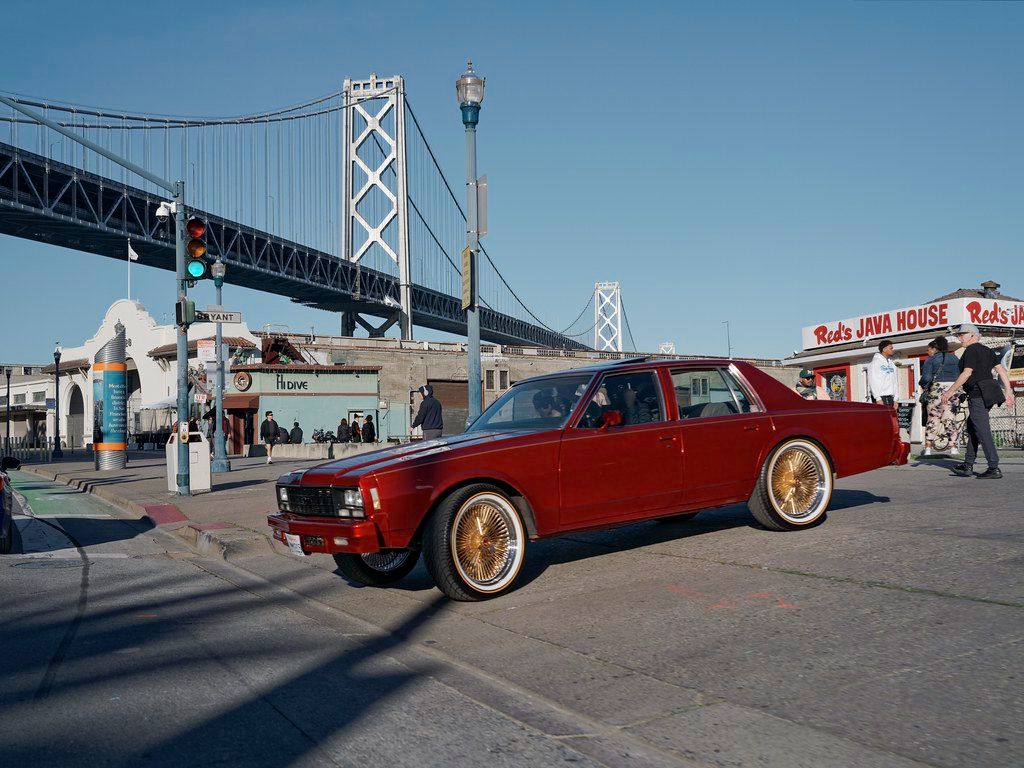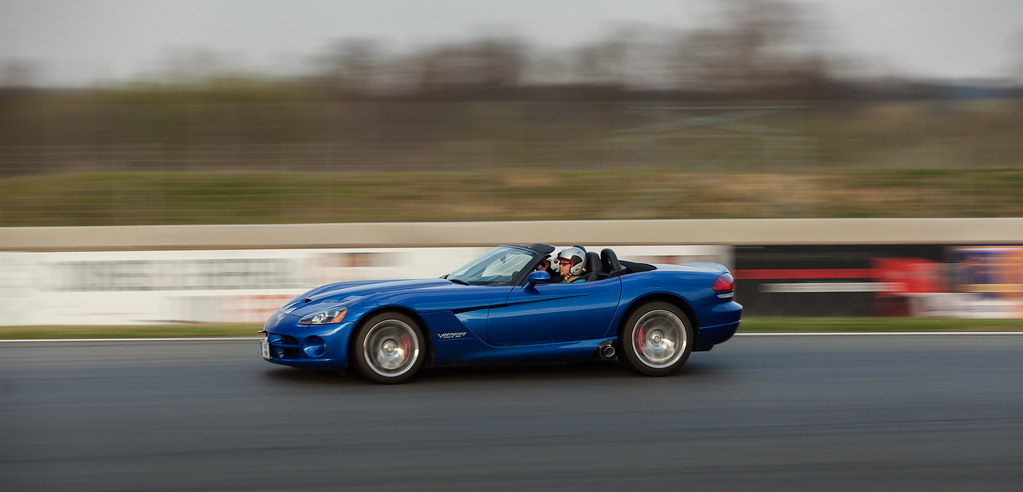
For decades, American car culture has thrived on bold design, raw power, and unforgettable driving experiences. While today’s market leans heavily toward electrification and crossovers, the passion for classic performance machines remains as strong as ever. Many of these icons shaped generations, and enthusiasts believe some are long overdue for a revival. Here are nine legendary American models with serious potential to return in a modern form.

Pontiac GTO: The Muscle Car Pioneer
The Pontiac GTO, born in 1964, is often credited with sparking the muscle car era—a title earned not just by its power, but by its audacious concept. Conceived by Pontiac engineer John DeLorean, the GTO began as a performance option package for the mid-size Tempest, defying industry norms by shoehorning a large 389 cubic-inch V8 (later upgraded to 400 cubic inches) into a smaller frame. This “rule-breaking” approach proved revolutionary: where rivals focused on size, the GTO prioritized raw acceleration, hitting 0-60 mph in under 7 seconds—a feat that turned heads and shifted consumer demand.
Its name became synonymous with performance, thanks to trims like “The Judge”—a 1969 addition designed to appeal to younger buyers with bold graphics, a rear spoiler, and a stripped-down, no-nonsense vibe—and engines such as the Ram Air 400, which used functional hood scoops to boost airflow and horsepower to 370. Beyond speed, the GTO popularized the “muscle car lifestyle,” with options like a four-speed manual transmission and heavy-duty suspension making it as fun to drive as it was fast. It set the benchmark for speed and style throughout the 1960s, leaving an enduring legacy, even as stricter emissions laws and rising insurance costs led to its decline by the early 1970s.
A modern revival could bring “The Judge 2.0,” powered by GM’s LT4 or LT2 engines and built on a rear-wheel-drive platform. With retro-inspired styling—think a reimagined split grille and muscular fenders—and advanced technology like adaptive suspension and driver-assist features, a contemporary GTO could easily find a place in today’s performance market, captivating both longtime fans and a new generation of drivers.
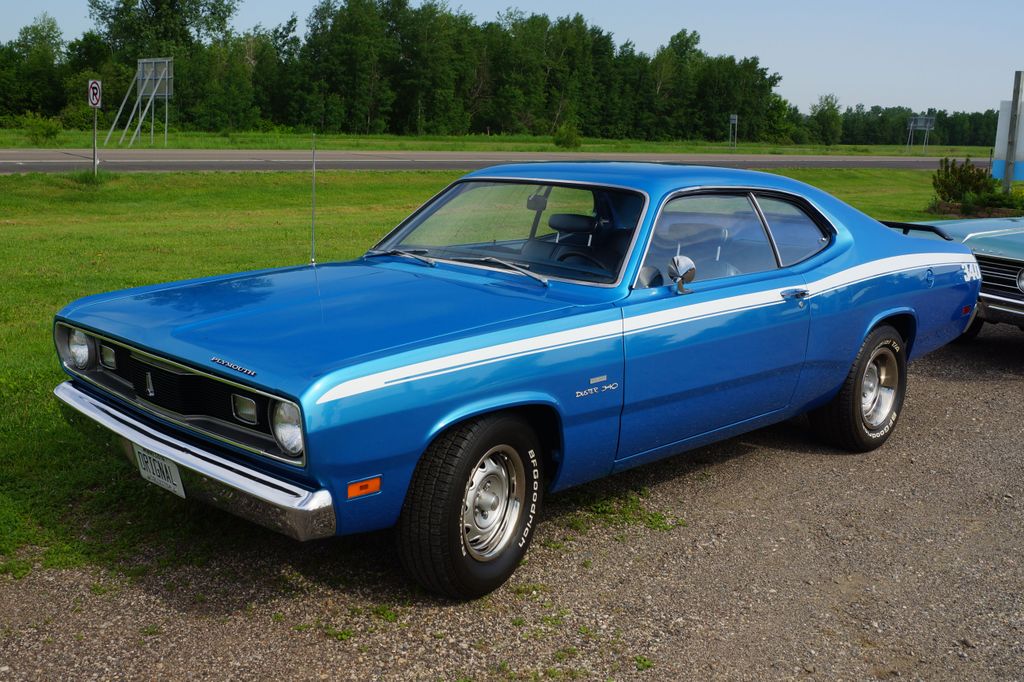
Plymouth Duster: Affordable Power Reimagined
Introduced in 1970, the Plymouth Duster stood out as a budget-friendly muscle car with big performance in a compact package—and it did so by redefining “affordable.” Based on the economical Plymouth Valiant platform, the Duster trimmed unnecessary weight and complexity, resulting in a lighter, more agile coupe that undercut rivals like the Ford Mustang by hundreds of dollars. Its design, too, was a departure: a sloped, fastback rear window and clean, uncluttered lines gave it a sporty look without the flash, making it accessible to buyers who wanted performance without pretense.
The Duster 340, with its 290-hp V8 (though real-world dyno tests often showed closer to 320 hp), delivered thrills at a fraction of the cost of rivals. Paired with a three-speed automatic or four-speed manual, it could hit 60 mph in 6.5 seconds—impressive for a car priced under $3,000. Notably, it wasn’t just a straight-line brute: its compact dimensions and tuned suspension made it surprisingly nimble, earning it a reputation as a “driver’s car” for the masses. It proved that muscle car fun didn’t have to come with a hefty price tag, even as the 1970s energy crisis loomed, with later models offering more fuel-efficient six-cylinder options to stay relevant.
A modern Duster could be revived under Dodge, positioned as a smaller sibling to the Challenger. With retro styling nods—like the iconic sloped rear and minimalist front end—rear-wheel-drive dynamics, and options ranging from gas engines to hybrid powertrains, a new Duster could attract younger enthusiasts who value affordability without compromising excitement.
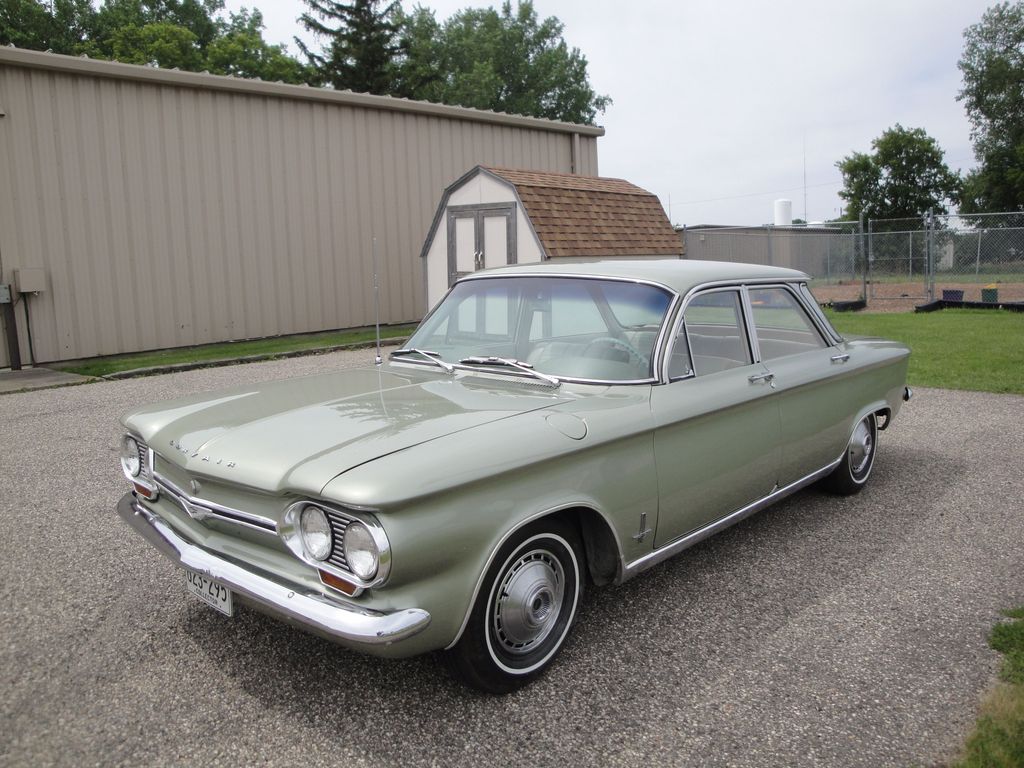
Chevrolet Monza: From Malaise to Modern Potential
Produced between 1975 and 1980, the Chevrolet Monza struggled in an era of restrictive emissions laws and fuel shortages, but its bones held promise. Designed as a “personal sports coupe,” it drew inspiration from the 1972 Chevrolet Monza 2+2 concept, which aimed to blend European-style handling with American practicality. Early models offered a 350 cubic-inch V8, but tightening regulations quickly pushed Chevy to downsize, swapping in 305 V8s, V6s, and even four-cylinder engines—none of which matched the sporty looks with comparable power.
Yet the Monza’s appeal endured in its lightness (under 3,000 pounds) and balanced chassis, traits that made it a favorite among hobbyists for hot-rodding. It also spawned siblings like the Buick Skyhawk and Oldsmobile Starfire, but the Monza remained the most popular, thanks to its cleaner design—including a short hood, long rear deck, and optional t-tops for open-air driving. Though its factory performance was lackluster, the coupe’s design still carried sporty appeal, hinting at untapped potential.
Reimagined today, the Monza could emerge as a lightweight, rear-wheel-drive sports car rivaling the Toyota GR86 or Subaru BRZ. Outfitted with a turbocharged four-cylinder engine pushing more than 300 horsepower and paired with a manual transmission, it would deliver an engaging driving experience at an accessible price point. Modern touches like aluminum body panels to keep weight low and a digital cockpit could honor its practical roots while embracing the future.
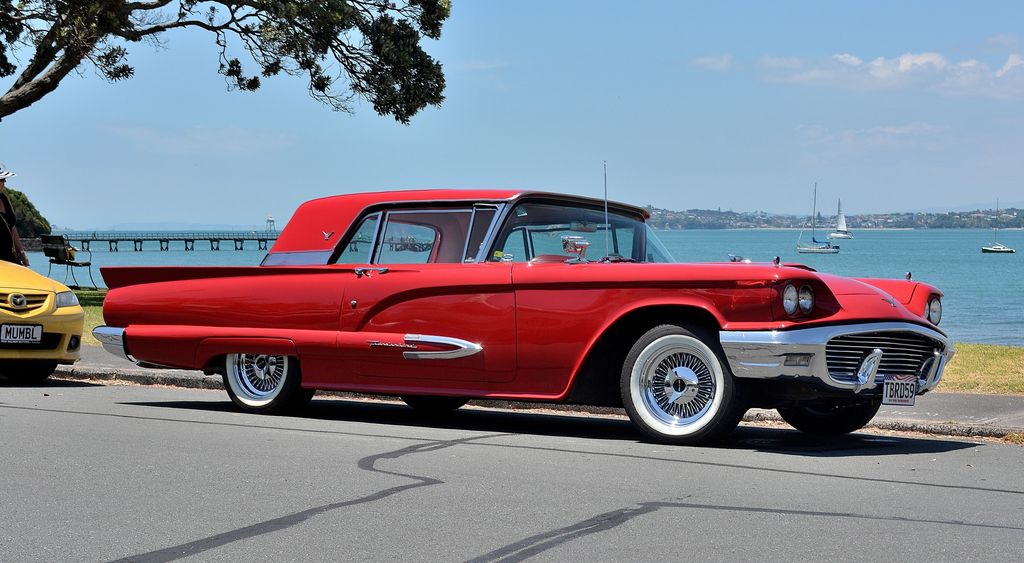
Ford Thunderbird: Luxury Meets Performance
Few American cars embody elegance and individuality like the Ford Thunderbird. Since its 1954 debut, it has evolved from a sporty two-seater to a personal luxury coupe, capturing attention with jet-age design and effortless cruising—and in doing so, invented the “personal luxury car” segment. The first-generation T-Bird (1955-1957) was a revelation: smaller than a Cadillac but more refined than a Mustang, it featured a 292 cubic-inch V8, chrome accents, and a cockpit-like interior with bucket seats, appealing to buyers who wanted style and comfort.
By the 1960s, it grew larger, adding back seats and luxuries like air conditioning and power windows, while retaining a V8 punch (up to 428 cubic inches by 1968). Its design mirrored the era’s obsession with jet travel: sharp, angular lines, stacked headlights, and a “cowl induction” hood scoop that hinted at its performance. Though it never chased outright speed, the Thunderbird prioritized “effortless power”—smooth acceleration that made highway cruising a pleasure.
Though a retro revival in the early 2000s (2002-2005) fell flat—criticized for vague steering and a bloated design—a thoughtfully executed comeback could succeed. A 2025 Thunderbird could return as a grand touring coupe or an electric luxury model, designed to compete with vehicles such as BMW’s 6-Series. With EcoBoost or EV power (think 400+ miles of range), it could blend the original’s elegance—perhaps with a modern take on the iconic “porthole” windows—with tech like adaptive cruise control and a premium sound system, bringing back distinctive style to Ford’s lineup while honoring its heritage.

Chevrolet Chevelle: A Muscle Car Legend
The Chevrolet Chevelle, especially the SS 454 variant, became an icon of the muscle car era—not just for its power, but for its versatility. Produced from 1964 to 1977, it spanned sedans, wagons, and coupes, but the two-door hardtop and convertible SS models stole the spotlight. Early SS trims offered 327 and 396 cubic-inch V8s, but 1970 marked the arrival of the 454 LS6: a 7.4-liter behemoth rated at 450 horsepower (though real output neared 500) and 500 lb-ft of torque, making it one of the fastest production cars of its time—0-60 mph in 5.4 seconds, with a quarter-mile in 13.8 seconds.
Beyond raw numbers, the Chevelle’s design screamed aggression: a long hood, short deck, and a wide stance, with SS models featuring bold striping and a domed hood to clear the massive engine. It dominated drag strips and street races alike, and even found success in NASCAR, where modified versions competed in the Grand National series. By the mid-1970s, however, emissions laws and rising insurance costs tamed its power, and it was discontinued in 1977, leaving a void in Chevy’s lineup.
With the Camaro recently discontinued and the Corvette positioned as a supercar, Chevrolet currently lacks a mid-range performance coupe. A modern Chevelle, styled with retro cues—like the 1970 model’s squared-off grille and muscular fenders—and powered by a mix of high-output engines (think a 6.2-liter V8) or hybrid options, could fill this gap. It would restore Chevy’s muscle car identity, offering features like launch control and a track-tuned suspension to excite a broad range of enthusiasts.
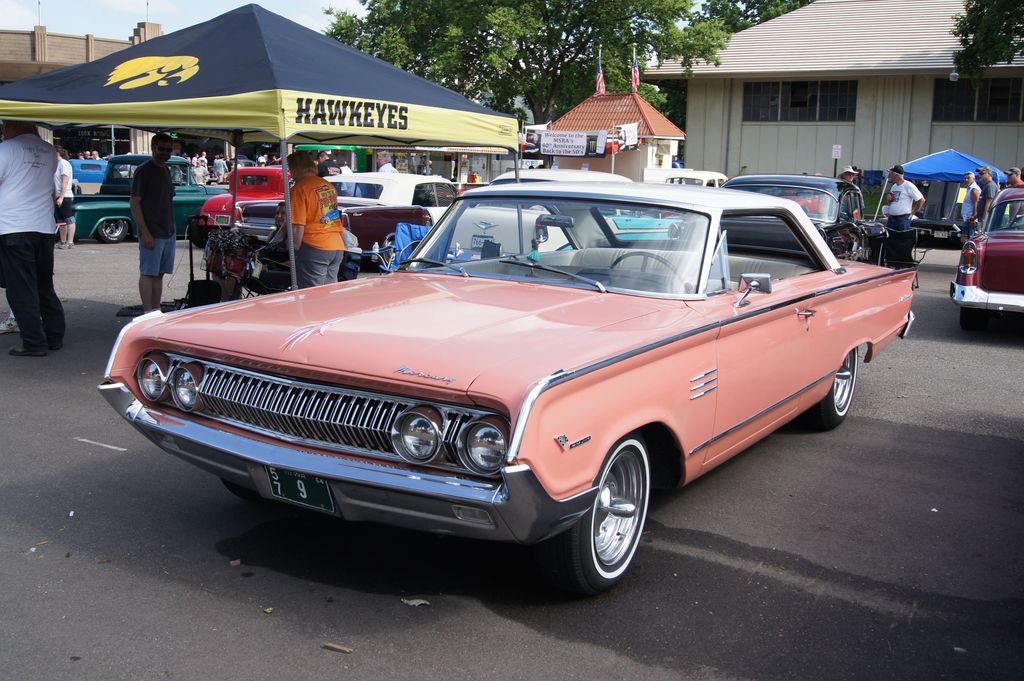
Mercury Marauder: The Sleeper Sedan
The Mercury Marauder, particularly the 2003–2004 version, offered a rare blend of muscle car performance and sedan practicality—but its roots run deeper. The name first appeared in 1963 as a performance trim for Mercury’s full-size cars, featuring big V8s (up to 427 cubic inches) and a focus on under-the-radar speed. By the 1970s, it faded, only to be resurrected in 2003 as a modern sleeper: based on the Mercury Grand Marquis, it swapped the docile V8 for a 4.6-liter, 302-hp unit borrowed from the Mustang GT, paired with a five-speed automatic and rear-wheel drive.
What made it special was its subtlety: no flashy badges, no wild colors—just a plain black or silver exterior, 18-inch wheels, and a restrained interior. It could hit 60 mph in 7 seconds, outpacing many sports cars of the era while seating five adults comfortably. Though production was limited (fewer than 12,000 units), it earned a cult following for proving sedans didn’t have to be boring. Its Mustang-sourced V8 delivered stealthy speed while maintaining a refined, understated appearance.
In today’s SUV-dominated market, a revived Marauder could stand out as a performance-oriented sedan. Built on the Mustang platform and powered by a modern Coyote V8 (450+ hp), it could combine luxury—leather seats, a premium sound system—with rear-wheel-drive excitement, adding tech like a limited-slip differential and adaptive dampers. It would appeal to those who miss the days of powerful American sedans, proving practicality and performance can coexist.
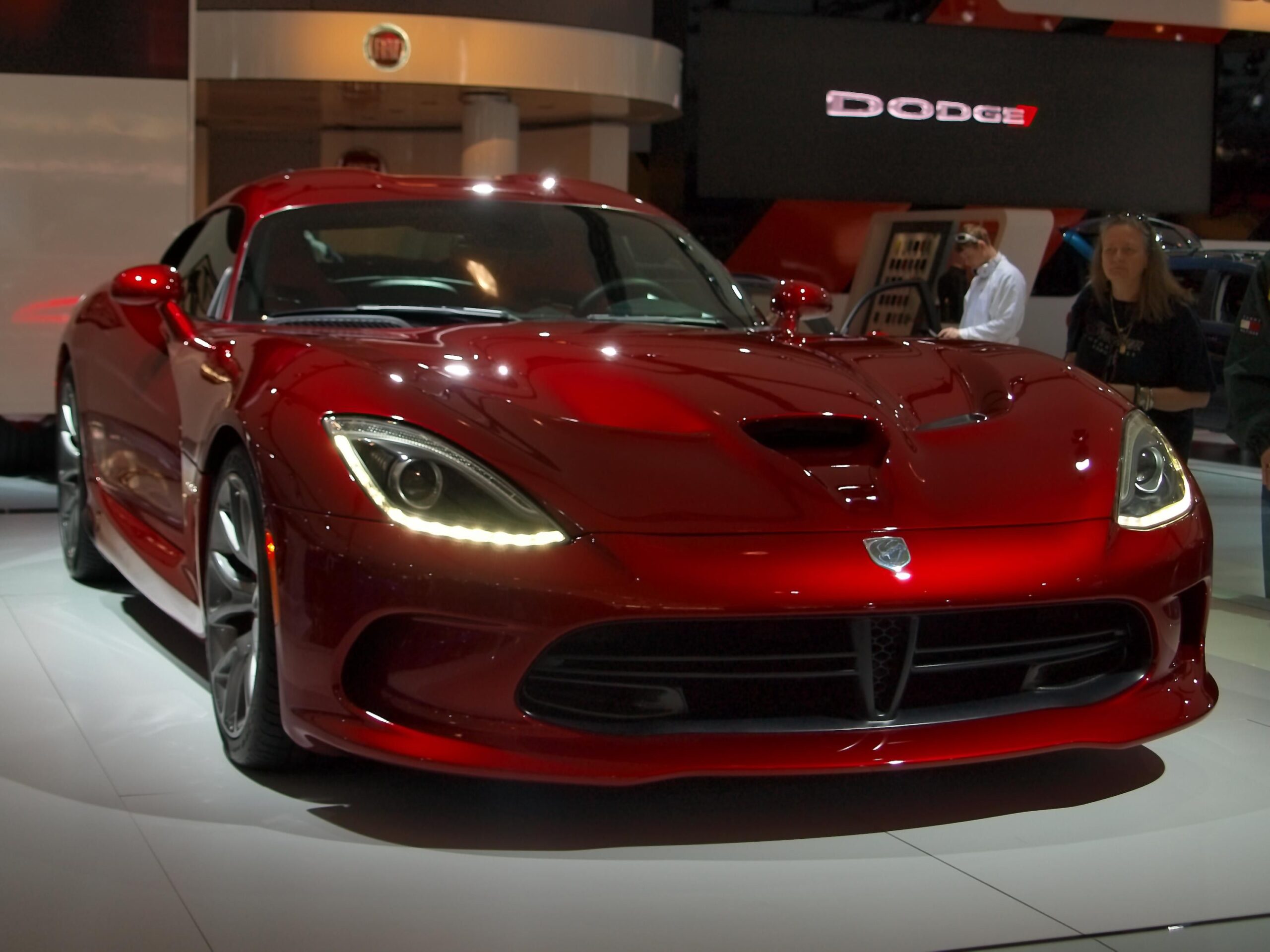
Dodge Viper: America’s Supercar
The Dodge Viper, produced from 1992 to 2017, was a pure performance machine with a V10 engine, striking proportions, and an unfiltered driving experience—and it was born from a bold vision: to create an American answer to European supercars like the Ferrari Testarossa. Conceived in the 1980s, it partnered with Lamborghini (then owned by Chrysler) to develop its 8.0-liter V10, which produced 400 hp and 465 lb-ft of torque in its first iteration. No traction control, no ABS, no power steering—just raw, unassisted feedback.
Over the years, it evolved: the 1996 GTS added a coupe body and 450 hp; the 2003 SRT-10 bumped displacement to 8.3 liters (500 hp); and the final 2013–2017 model packed an 8.4-liter V10 with 640 hp, hitting 60 mph in 3.2 seconds. It also found success on the track, winning class titles at Le Mans and dominating the American Le Mans Series. Its design, with a long hood, low roof, and side-exit exhausts, remained instantly recognizable—a symbol of unapologetic American muscle.
Enthusiasts still long for its return. A modern Viper could embrace either a naturally aspirated powerhouse (perhaps a 9.0-liter V10) or a hybrid-assisted drivetrain, blending tradition with innovation. Lightweight materials like carbon fiber could cut weight, while 保留 (retaining) the manual transmission and minimal driver aids would honor its “pure driving” ethos. Such a comeback would give Dodge a true flagship performance car once again.
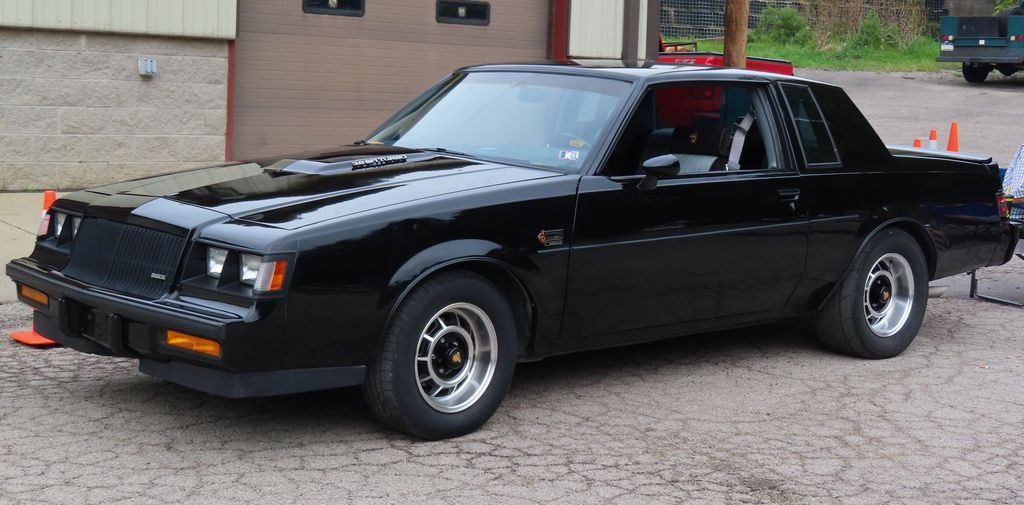
Buick GNX: The Turbocharged Outlaw
The 1987 Buick GNX shocked the automotive world with its turbocharged V6, officially rated at 276 horsepower but widely believed to be more powerful—and it was the culmination of Buick’s 1980s “Grand National” project. Introduced in 1982, the Grand National was a blacked-out Regal coupe with a turbo 3.8-liter V6, designed to compete with European sports cars. By 1987, the GNX (Grand National Experimental) pushed it further: a larger turbo, intercooler, and upgraded transmission boosted output to an estimated 300+ hp and 420 lb-ft of torque, making it the fastest American production car of its time—0-60 mph in 4.7 seconds, a quarter-mile in 13.5 seconds.
Its “sleeper” status was key: no chrome, no spoilers, just a plain black exterior and subtle “GNX” badges, hiding a beast under the hood. Only 547 were built, each with a numbered plaque, turning it into a collector’s item (today, mint examples sell for over $150,000). It became a legend for its sleeper looks and blistering performance, proving Buick had a daring side long associated with luxury.
Reviving the GNX today could redefine Buick’s brand image. Whether as a performance hybrid or all-electric coupe, a new GNX could balance stealthy design—perhaps a modern take on the 1987’s matte black finish—and modern technology like instant electric torque (600+ lb-ft) or a twin-turbo V6. It would pay tribute to one of Buick’s most revered nameplates, proving the brand can still thrill.

Ford Escort RS Cosworth: The Rally Hero America Missed
Although never officially sold in the United States, the Ford Escort RS Cosworth gained a cult following for its rally pedigree—and it was built to dominate. Produced from 1992 to 1996, it was Ford’s weapon in the World Rally Championship (WRC), derived from the humble Escort but heavily modified. Its 2.0-liter turbocharged four-cylinder, co-developed with Cosworth, produced 227 hp and 224 lb-ft of torque, paired with a sophisticated all-wheel-drive system that made it unbeatable on dirt and gravel.
Visually, it was unforgettable: a massive “whale tail” rear spoiler (functional, to generate downforce), flared fenders to fit wider rally tires, and a hood scoop feeding the intercooler. In rally trim, it won 10 WRC events, cementing its legacy as a “rally icon.” Road-going versions were equally impressive, hitting 60 mph in 5.7 seconds and topping 140 mph—all while seating four and offering a hatchback for practicality.
A modern version could serve as the spiritual successor to the discontinued Focus RS. Featuring a lightweight design (under 3,000 pounds), all-wheel drive with torque vectoring, and an EcoBoost engine tuned to 350+ hp, it could fill a noticeable gap in Ford’s performance lineup. Retaining a six-speed manual transmission and adding rally-inspired touches—like Recaro seats and a rally mode—would offer enthusiasts a thrilling yet practical compact sports car, finally giving American buyers the RS Cosworth experience they missed.
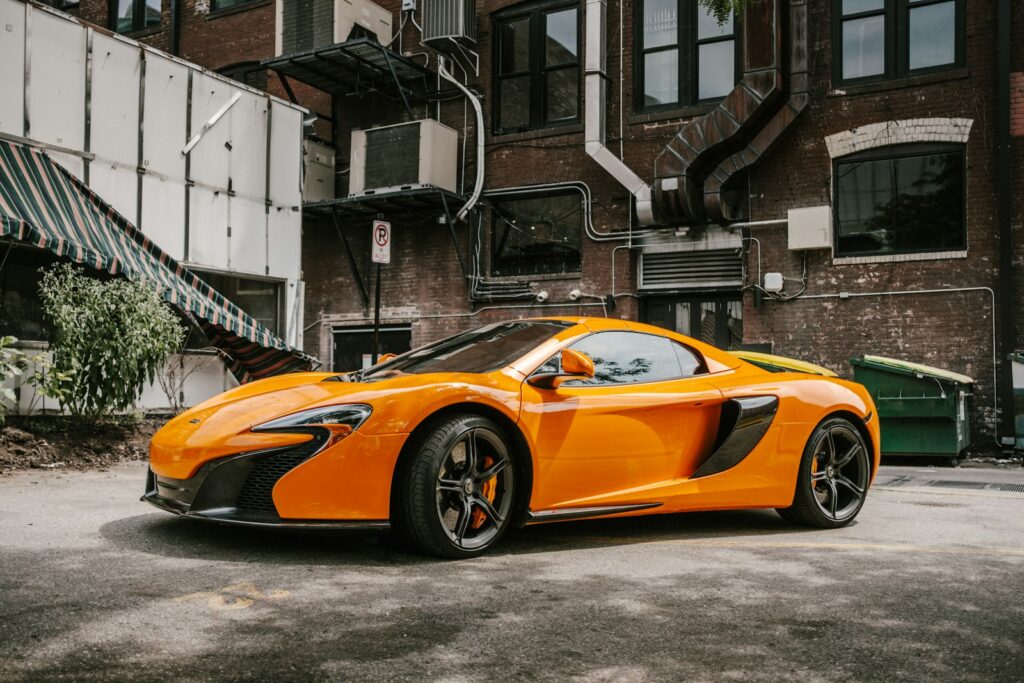
From muscle icons to rally heroes, these nine vehicles represent more than just nostalgia. They embody a driving philosophy built on power, personality, and passion. While today’s automotive market is shifting, the demand for visceral driving experiences is still alive. With modern engineering and a respect for heritage, these legends could roar back to life, sparking excitement for generations to come.

